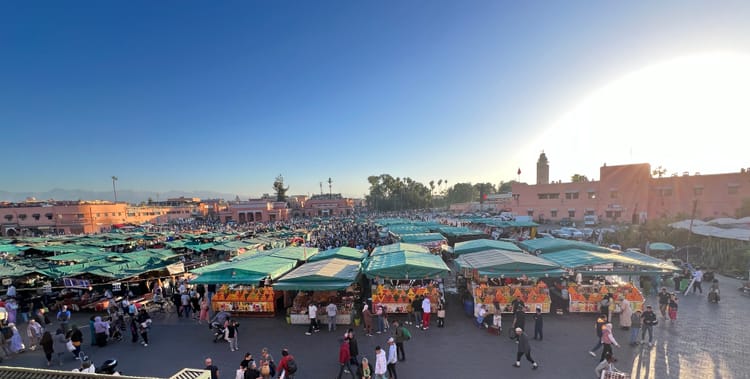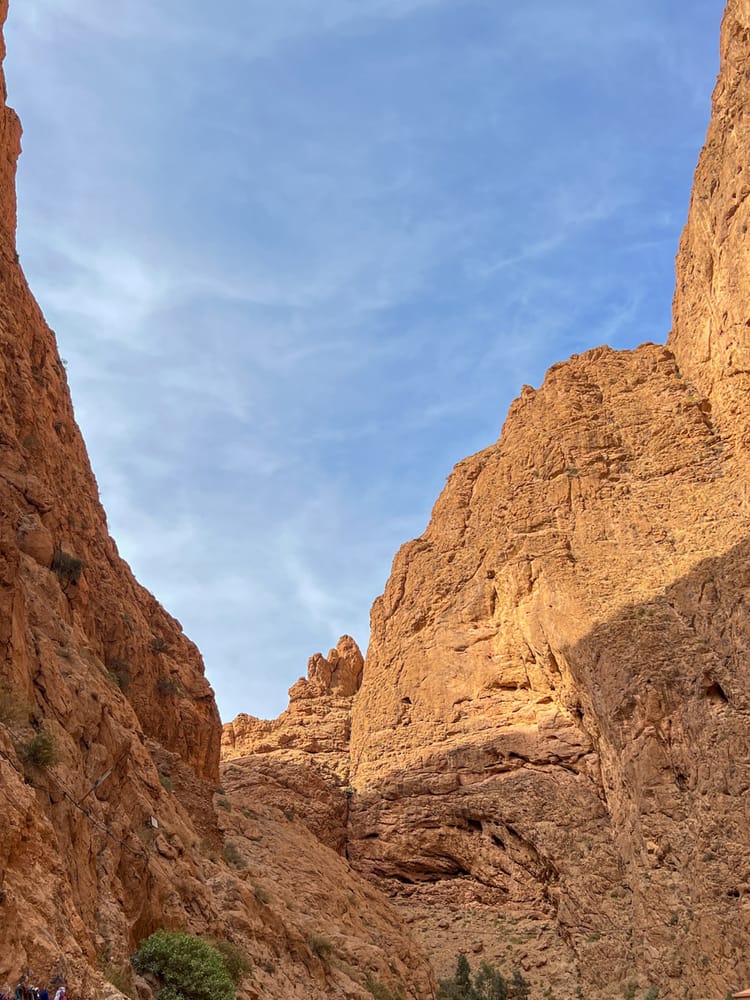Museum of Anthropology (MOA)
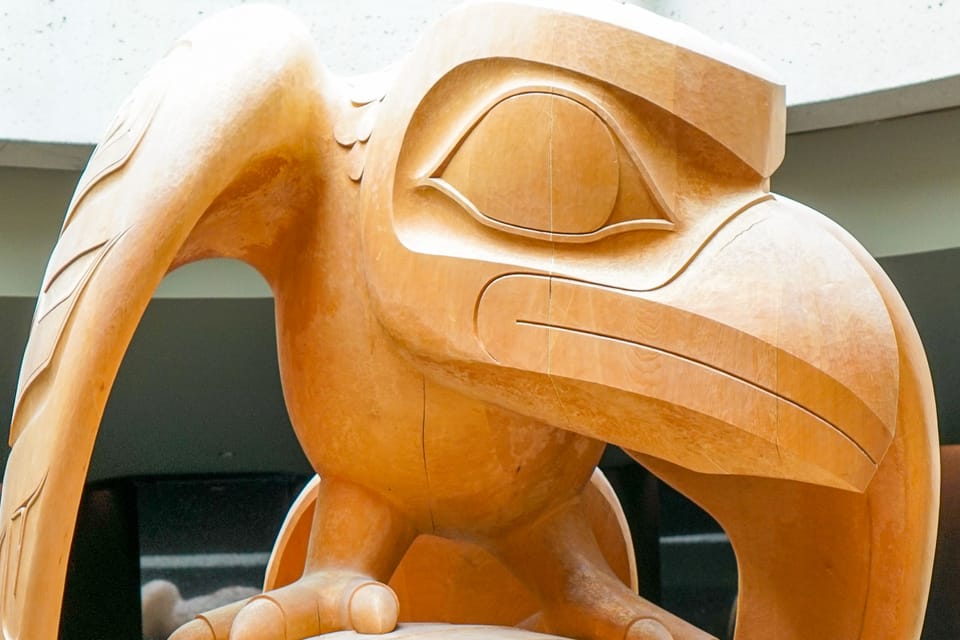
I live in a beautiful, wonderful Vancouver, and I love my city. You know how you have things in your own backyard that you rarely visit - and then when you go - you say - why haven't I come more often? That's what MOA is like for me.
We headed out this weekend to the University of British Columba (UBC) endowment lands, where MOA is located. This area of the westside of Vancouver is beautiful. It is surrounded on three sides by gorgeous, beautiful gardens, homes and parks and on the fourth side by the ocean. Directly below MOA, stretching out to the south, is the world-famous Wreck Beach, part of the Pacific Spirit Regional Park.
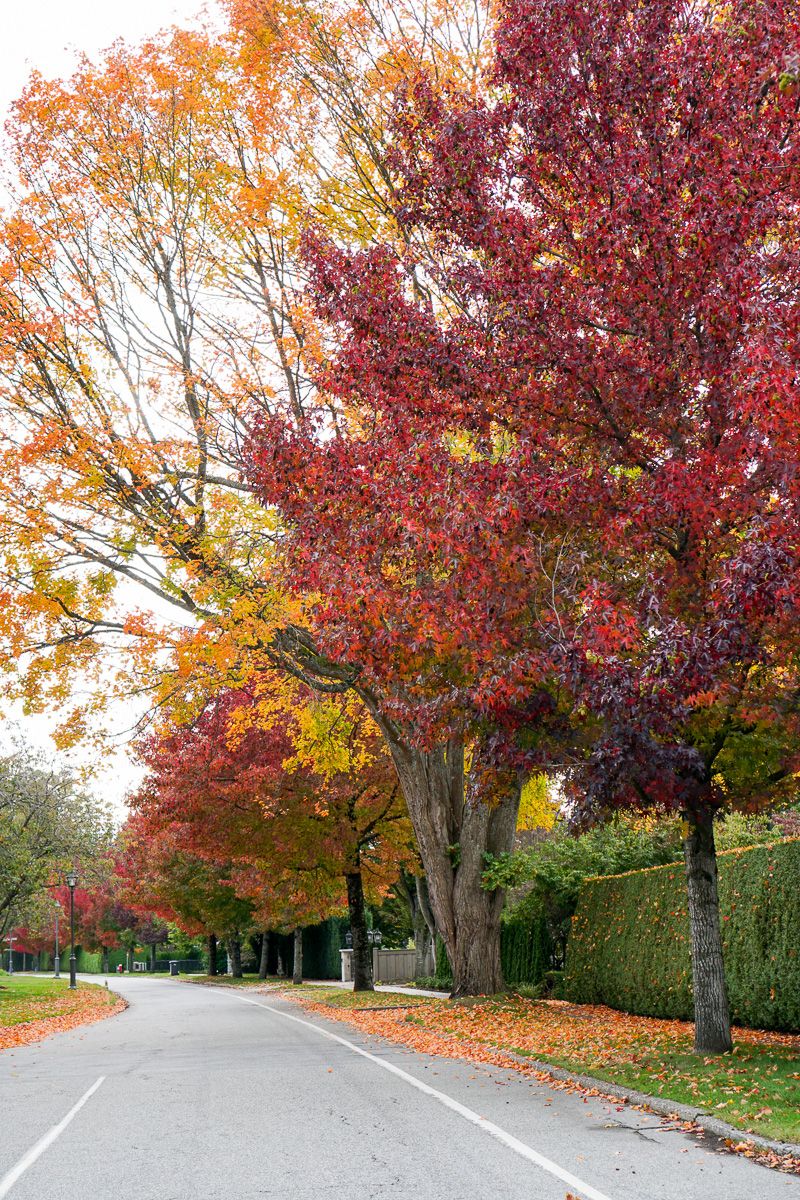
We headed out this weekend to the University of British Columba (UBC) endowment lands, where MOA is located. This area of the westside of Vancouver is beautiful. It is surrounded on three sides by gorgeous, beautiful gardens, homes and parks and on the fourth side by the ocean. Directly below MOA, stretching out to the south, is the world-famous Wreck Beach, part of the Pacific Spirit Regional Park.
If you are driving, take the scenic drive along SW Marine Driveway on your way to UBC and view the numerous mansions, many from the early 1900s. (Unfortunately, many of these homes are disappearing. I used to drive along here, dreaming of living in one of these places.)
The museum itself has officially existed been since 1947, and in 1976 renowned Canadian architect Arthur Erickson designed the current building. He was inspired by the post and beam architecture of the Northwest Coast First Nations people, and he created the Great Hall to hold many artifacts and totem poles from those peoples. It's a fantastic building, even more spectacular once you are inside!

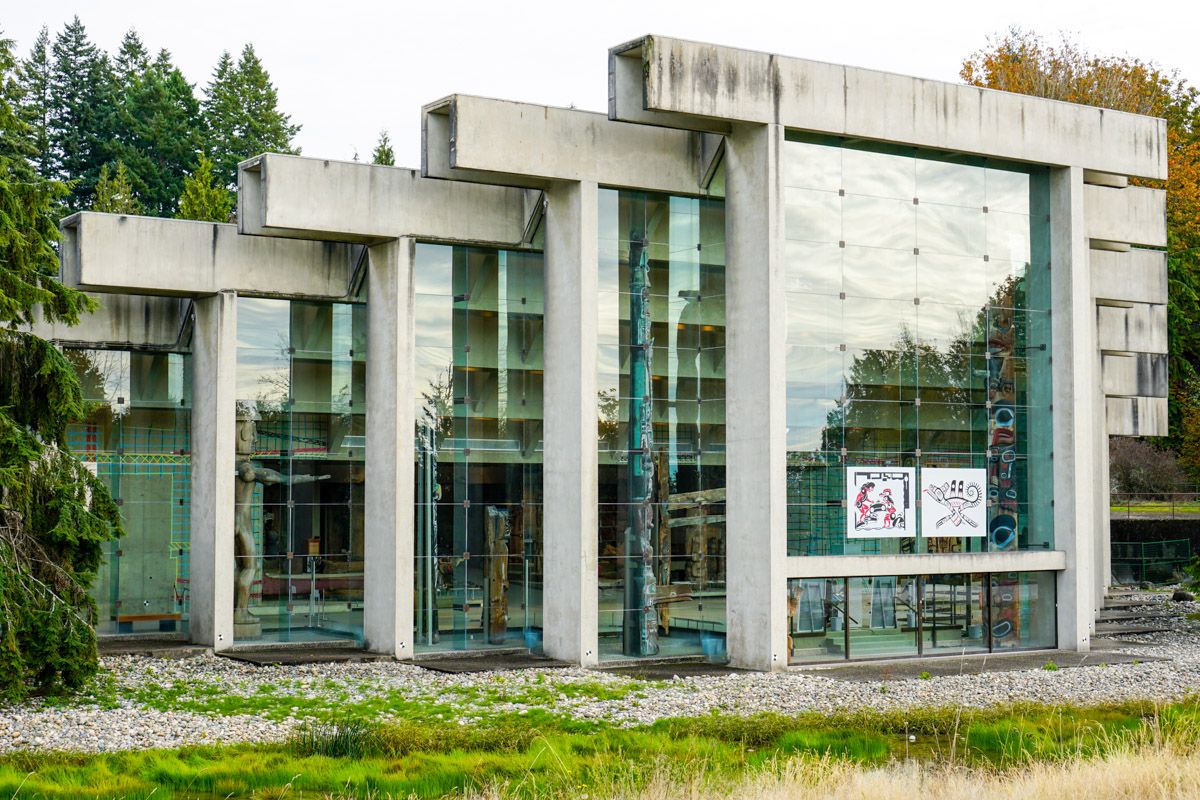
We were headed to MOA to take part in a celebration of Diwali, only to learn that we were EARLY - by one week! That will be a story for another day. As we were there, we decided to go and have a look around. We headed to the Great Hall at the front of the building to check out the view and the displays.
At the moment, there is construction going on in the museum. MOA is in the middle of working on the Shake Up: Preserving What We Value. Recognizing that Vancouver sits on an earthquake fault line, MOA is preparing to do major seismic upgrades to the building, currently working in the Great Hall. In preparation, they have moved some of the totem poles to a separate gallery where you can see them on their sides.

The construction process is very transparent, so there is decorative masking tape running up the sides of the walls and video displays showing the relocation of the totem poles.

There is a supporting exhibition that "explores the convergence of earthquake science and technology with the rich Indigenous knowledge and oral history of the living cultures represented in MOA's Northwest Coast Collection."
The museum has the world's most extensive collection of Bill Reid's works, a world-famous Haida artist, including one of his most famous pieces, The Raven and the First Men.


If you leave Vancouver from the International terminal at the Vancouver Airport, you will see another iconic sculpture by Mr. Reid, The Spirit of Haida Gwaii: The Jade Canoe.
MOA has a massive collection of Northwest Coast Aboriginal art displayed and there

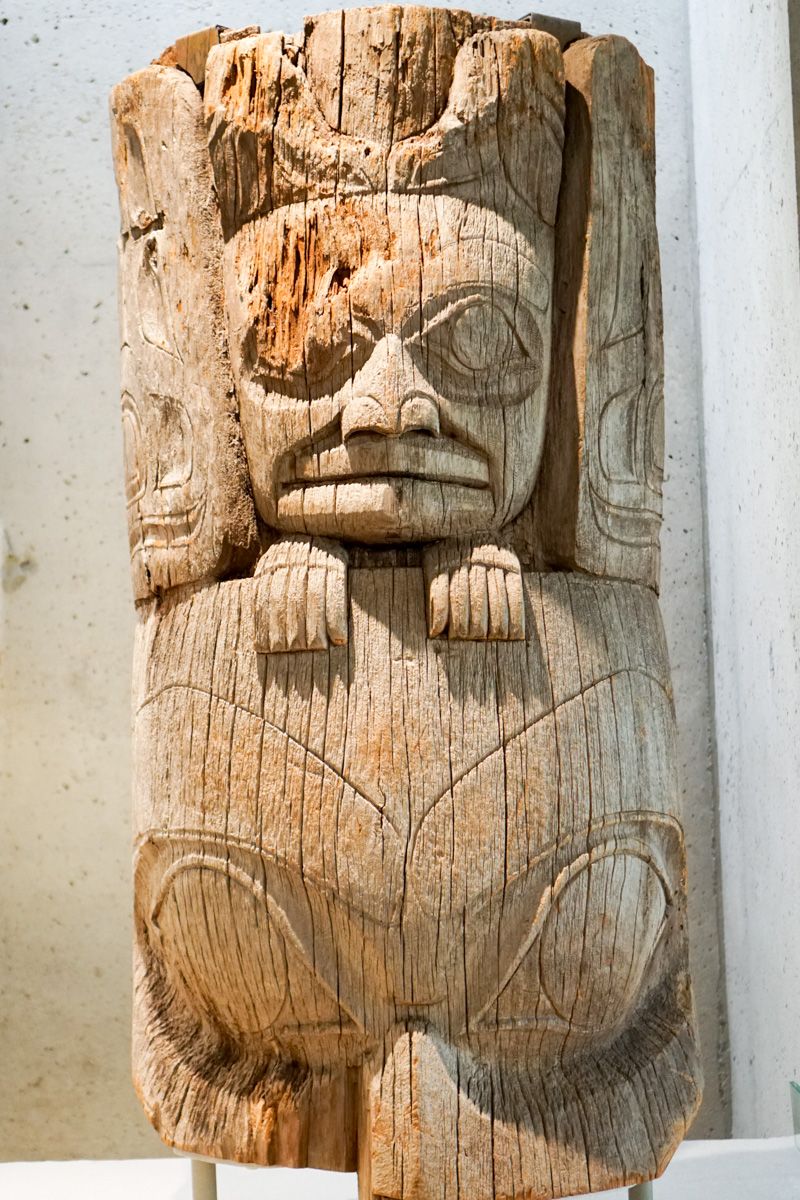
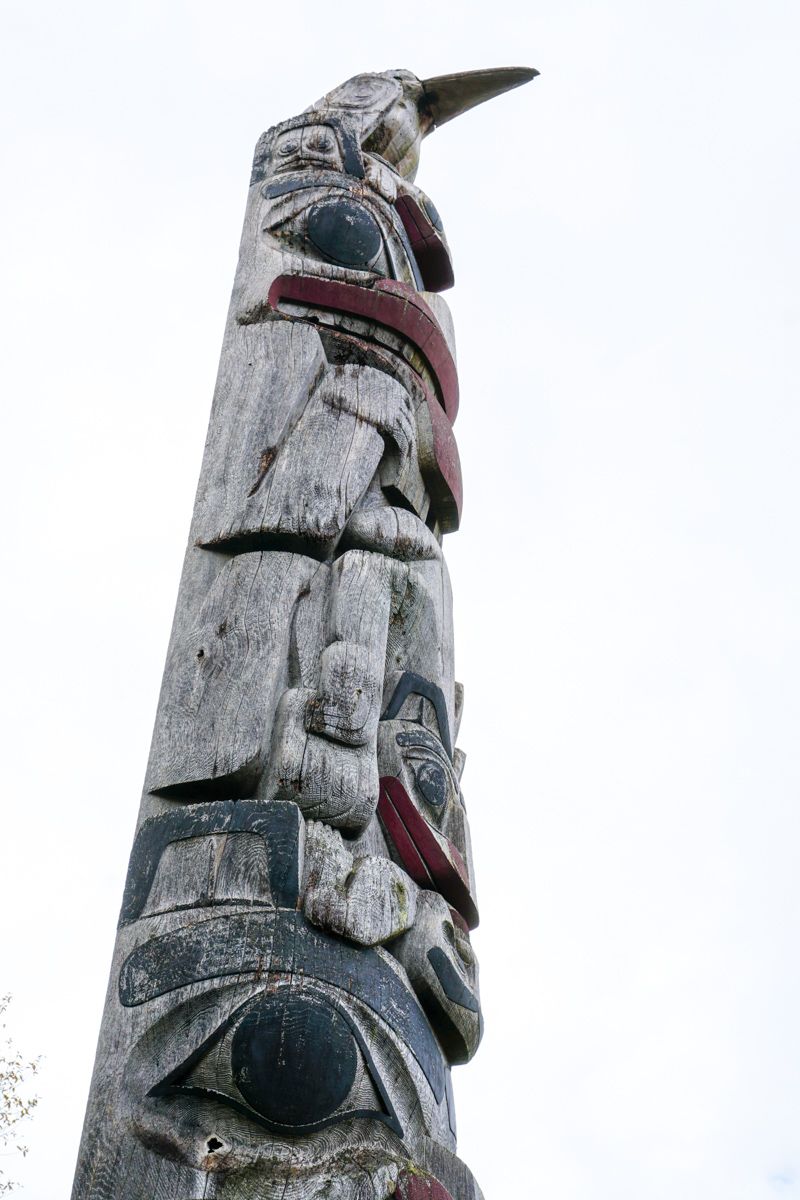


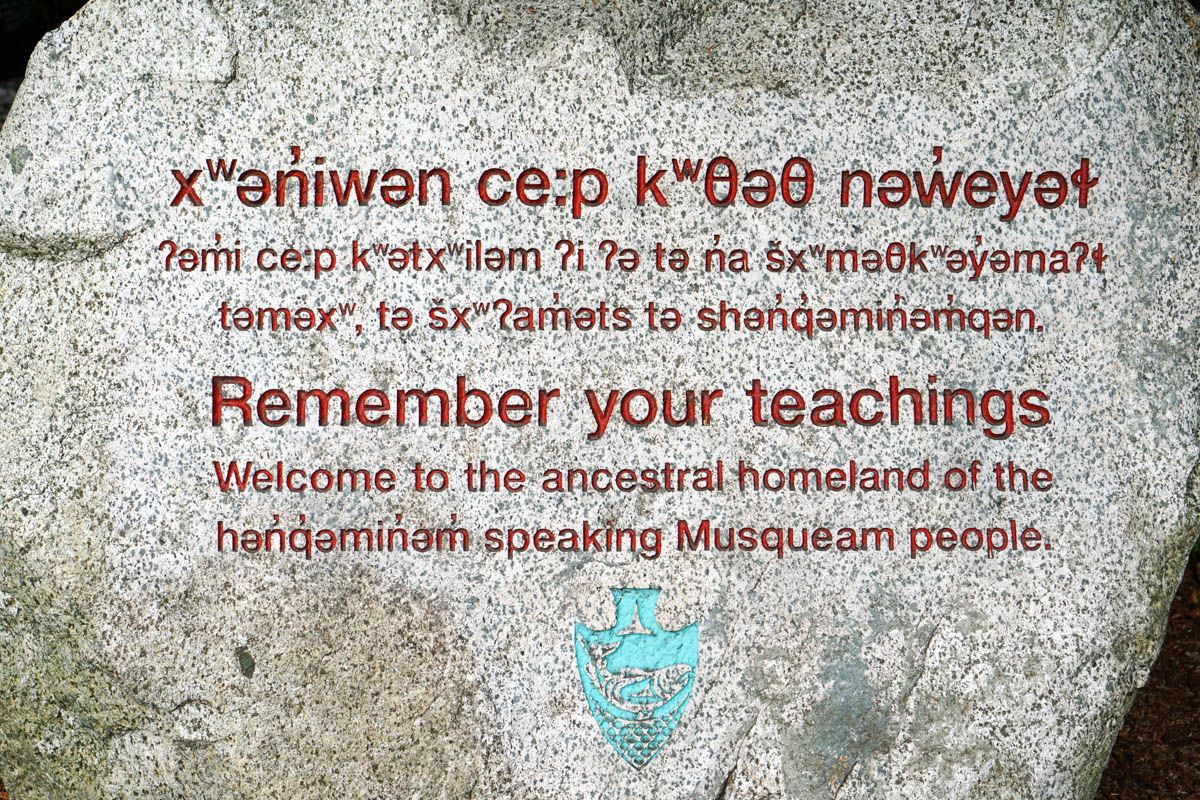
are also Multiversity Galleries with more than 9,000 artifacts from around the world. You can spend hours and hours going through each of them.
Outside the main building, overlooking the ocean, there are two Haida houses, Musqueam house posts and more totem poles.
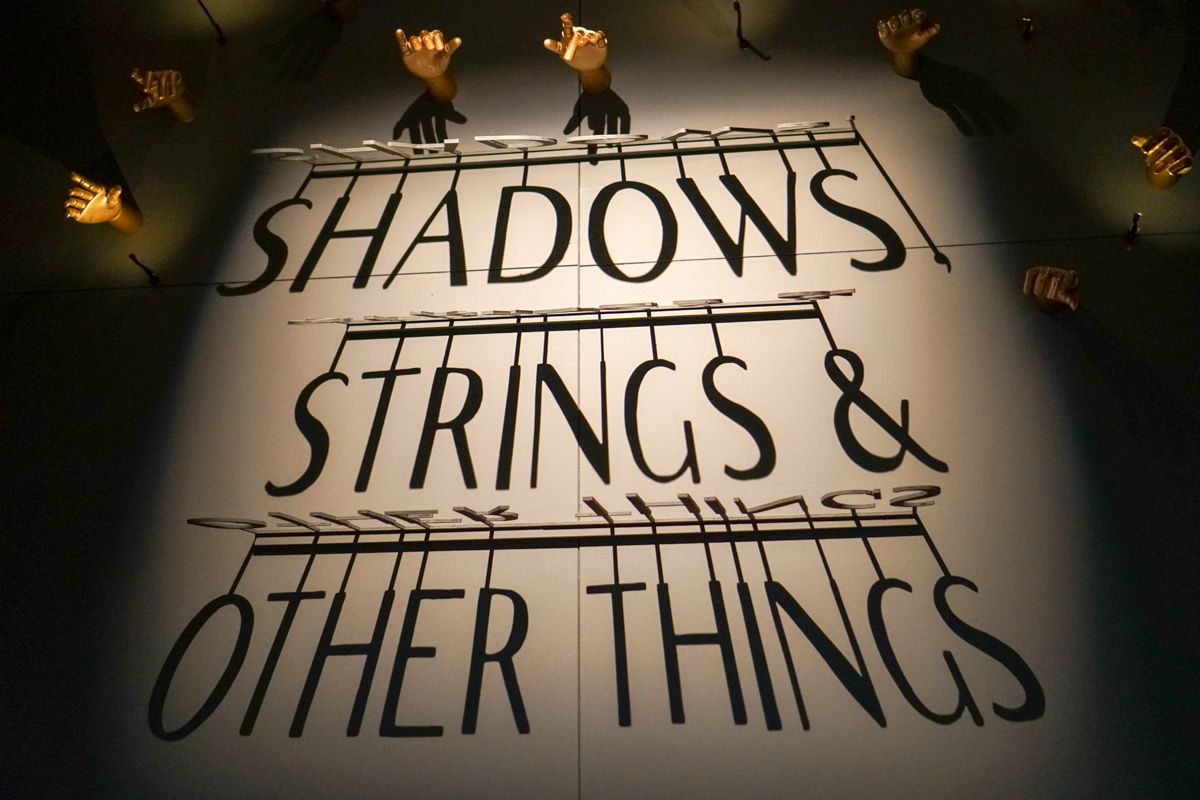
But today we spent most of our time exploring the current exhibition Shadows, Strings & Other Things. This show explores the five main types of puppets from around the world.
Dr. Nicola Levell, Curator
I was fascinated by the beauty and diversity of all of the puppets. Rather than going into great written detail, I have pictures, which are worth more than a thousand words!
Puppets have been around for thousands of years and have an incredibly rich history. They are the storytellers and often carry the culture's mores to the community. Here are some fantastic examples.
String puppets or Maroinetas:
String puppets are operated from above and can be very involved in terms of movement, including arms and sometimes head, eyes and mouths as well.
First, I enjoyed the incredible puppets by Jorge Cerqueira from Portugal.
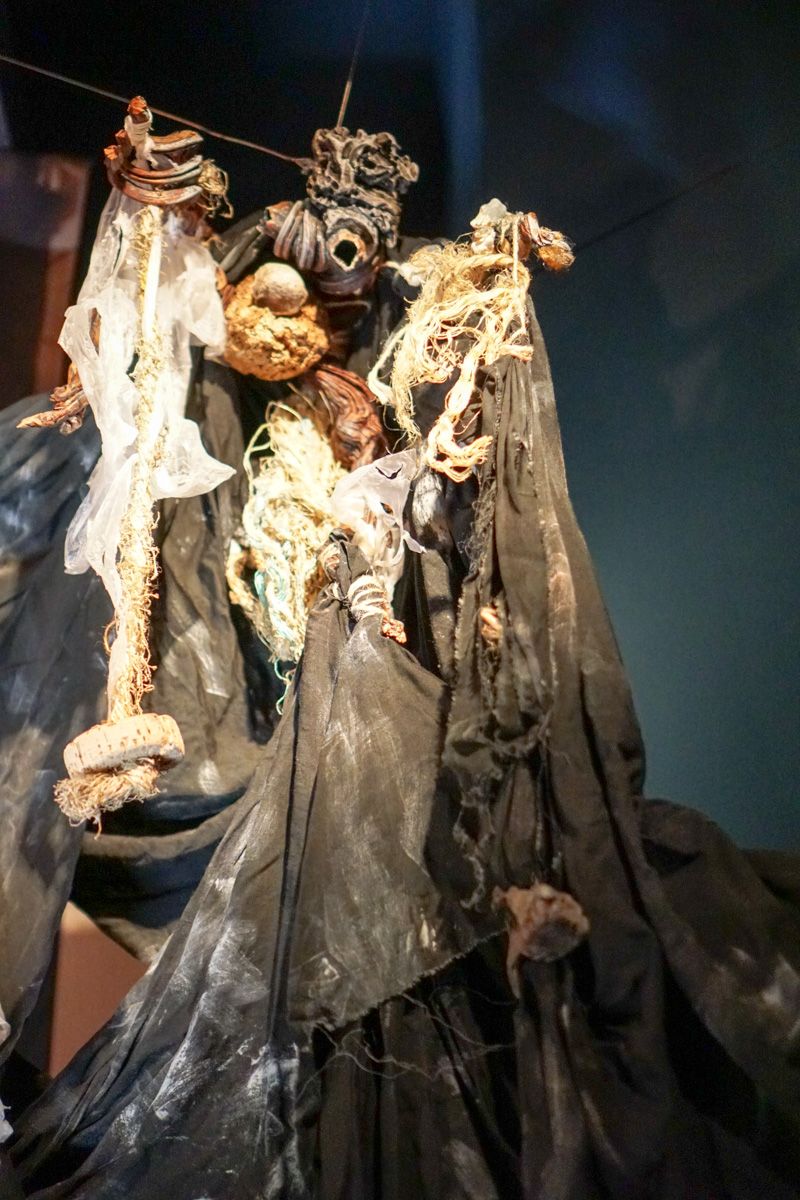

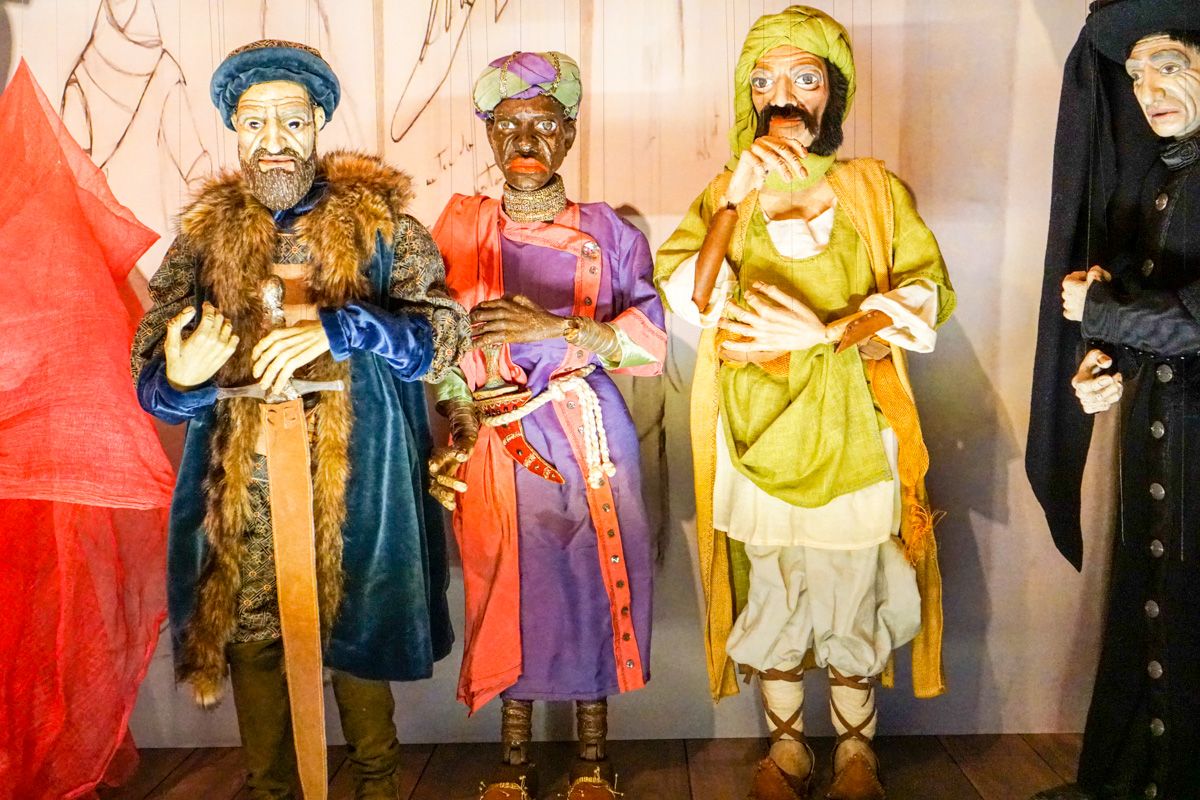

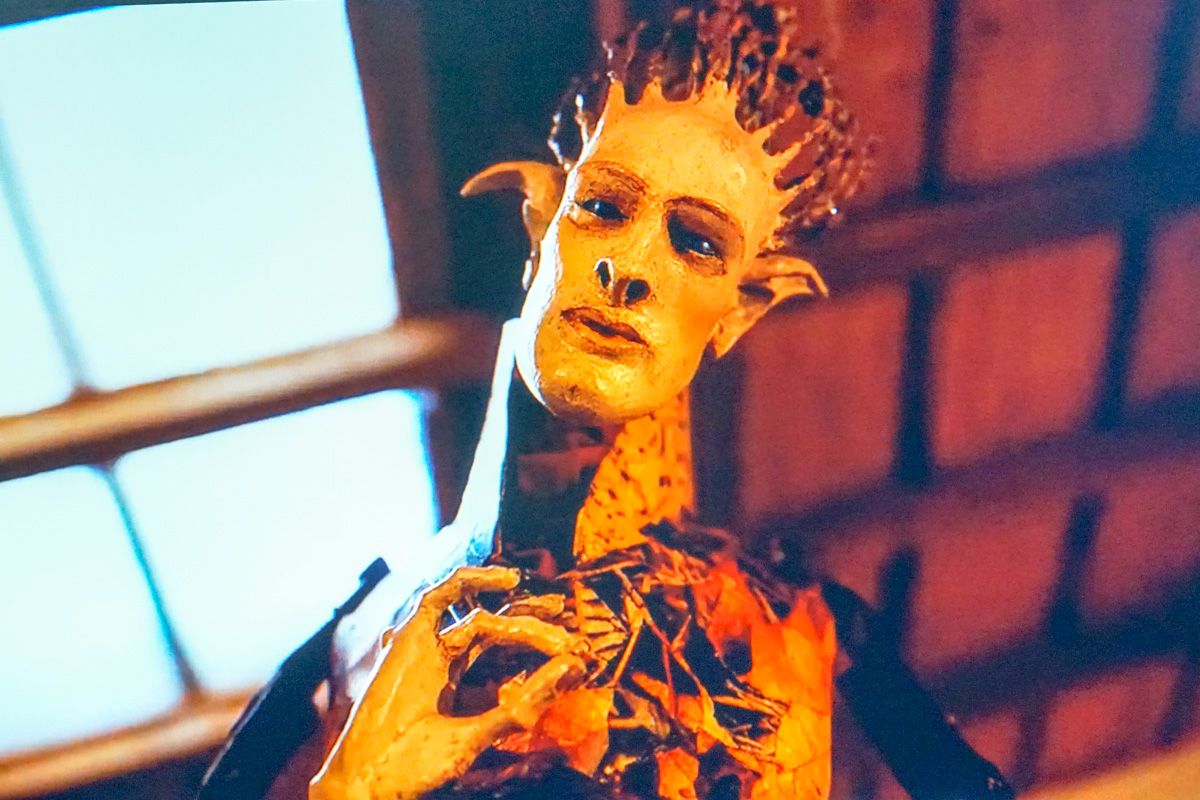
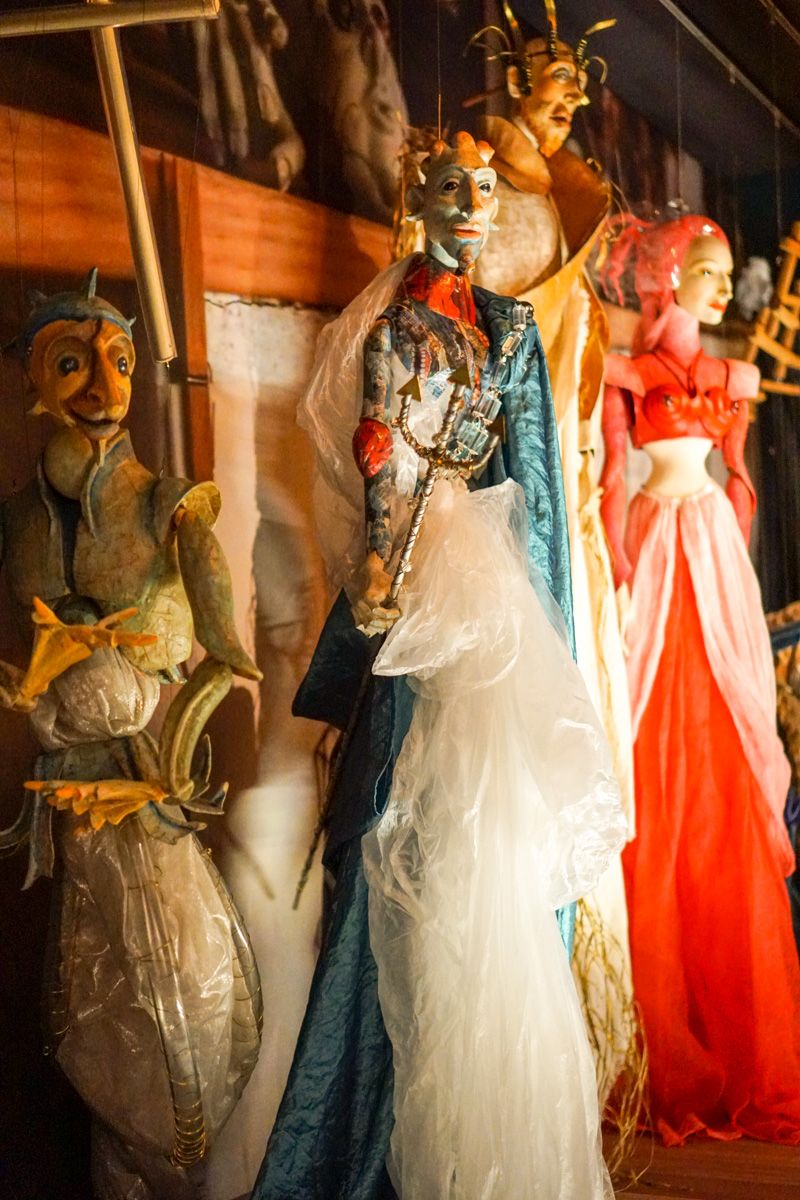
First, I enjoyed the incredible puppets by Jorge Cerqueira from Portugal.
Jorge Cerqueira is a teacher in Sintra, Portugal, who teaches visual art and technology. He began making puppets to engage his students and "show how different materials and techniques can be fashioned and articulated into marvellous human forms." Most of his creatures are at least a metre tall and his style is easily recognizable. Since that humble beginning, he has become a master puppeteer.
Other string puppets:
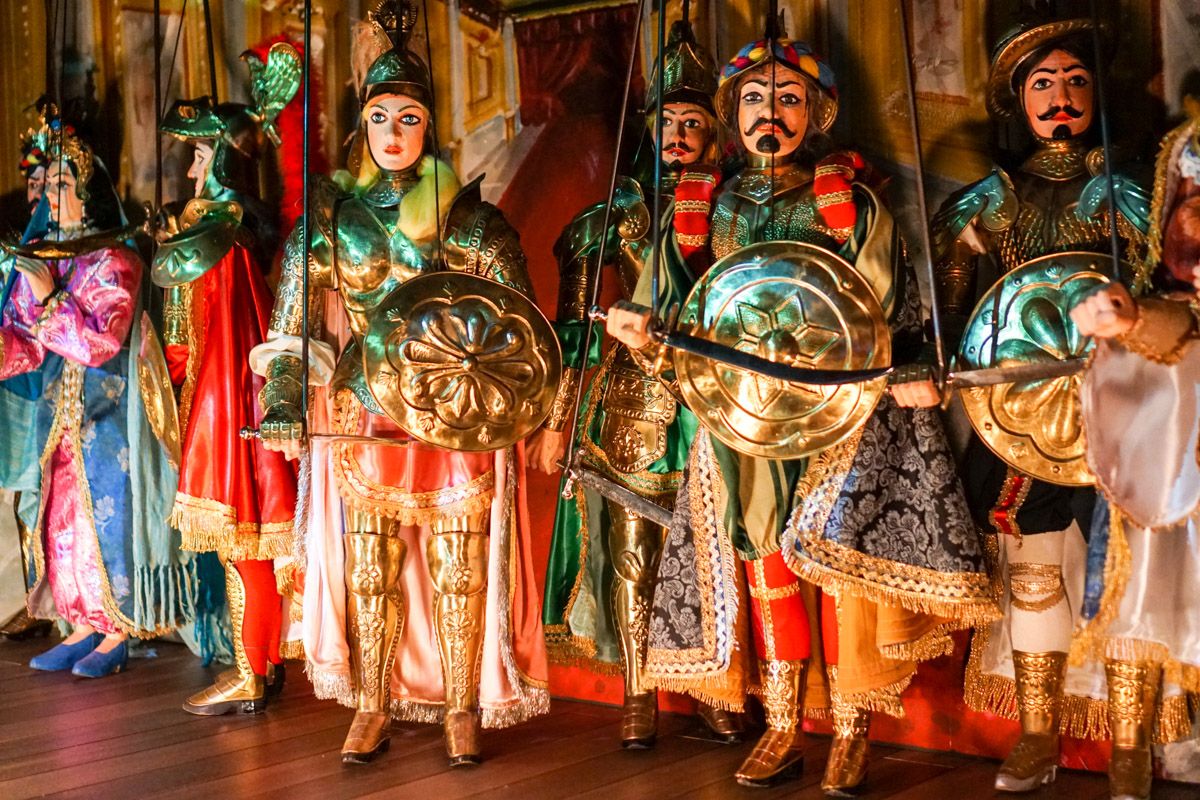
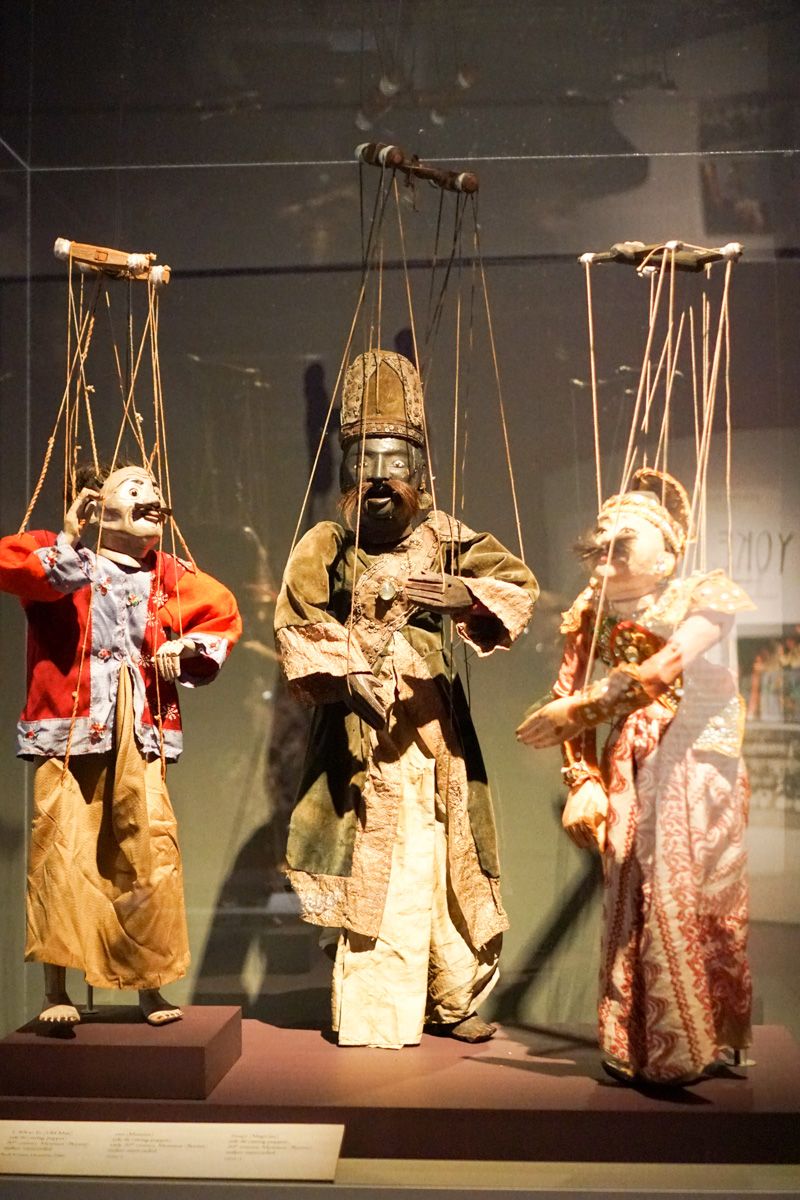
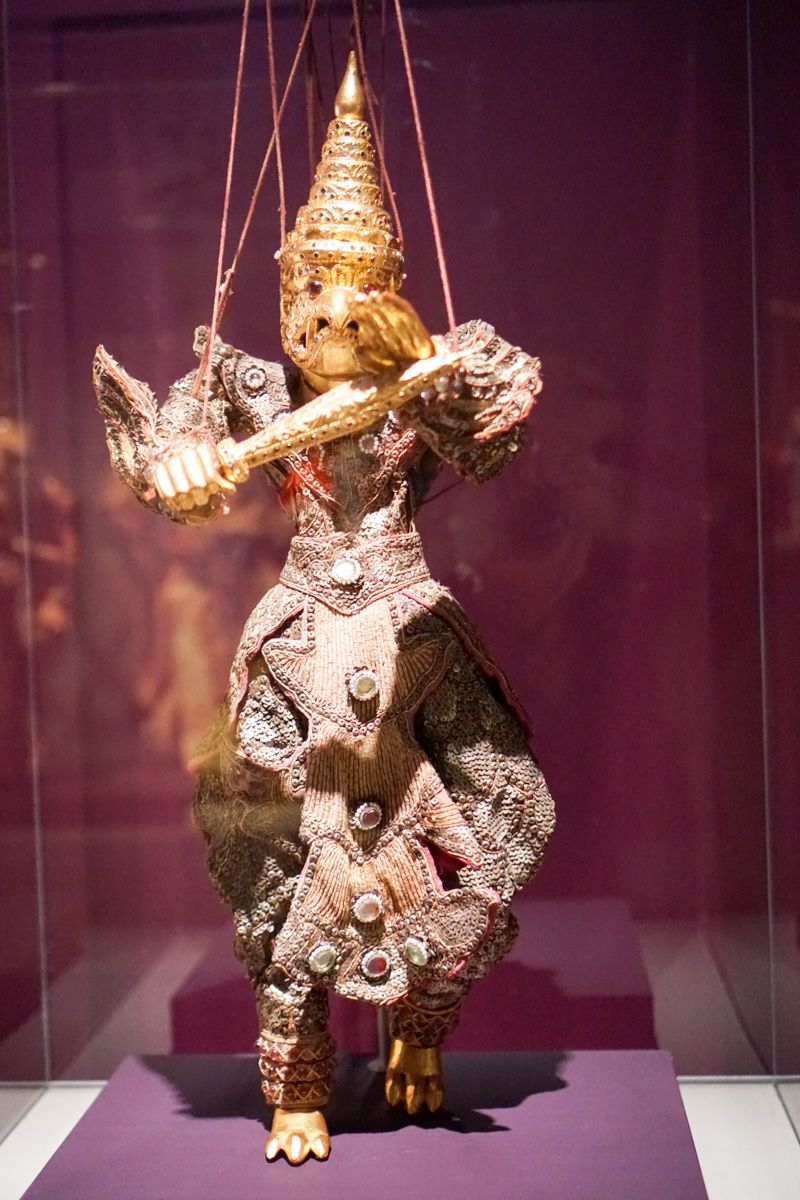
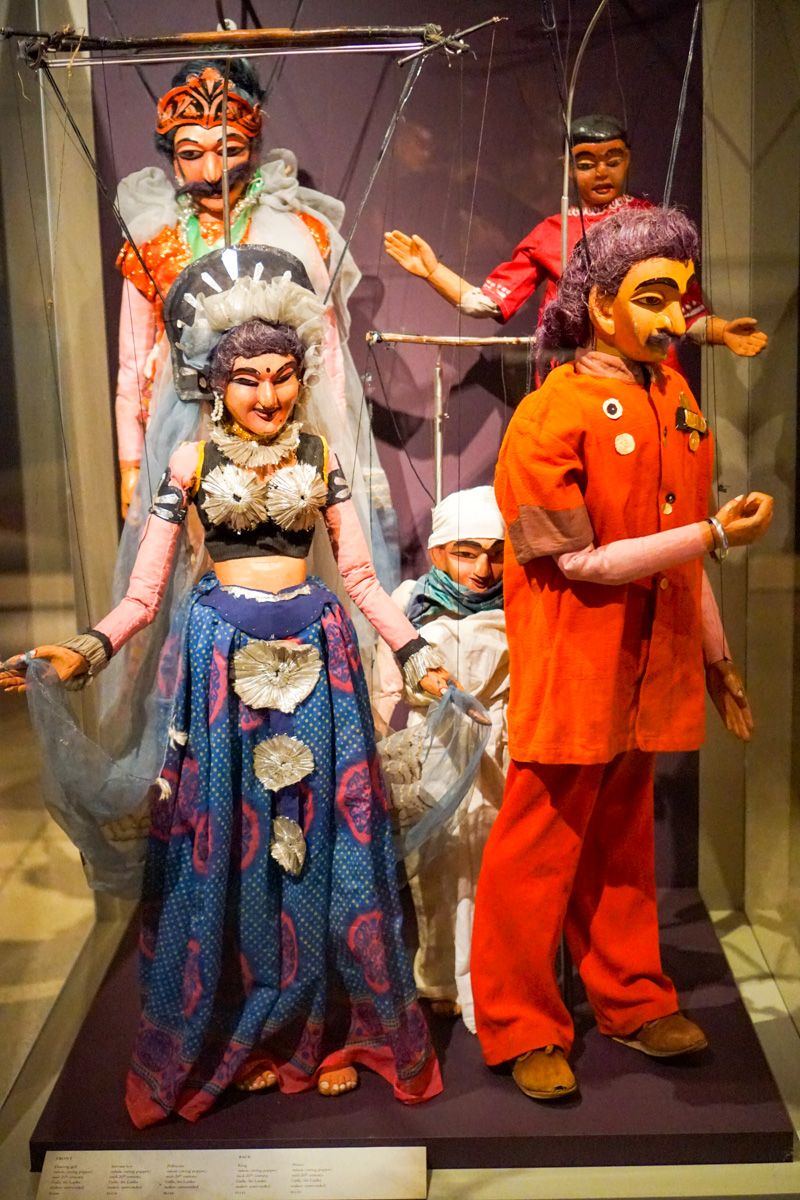
Top left: The Napoli Family - Opera Del Pupi Italy; Bottom left: Indonsesia; Bottom right: Rukada - Galle, Sri Lanka
Stop motion puppets:


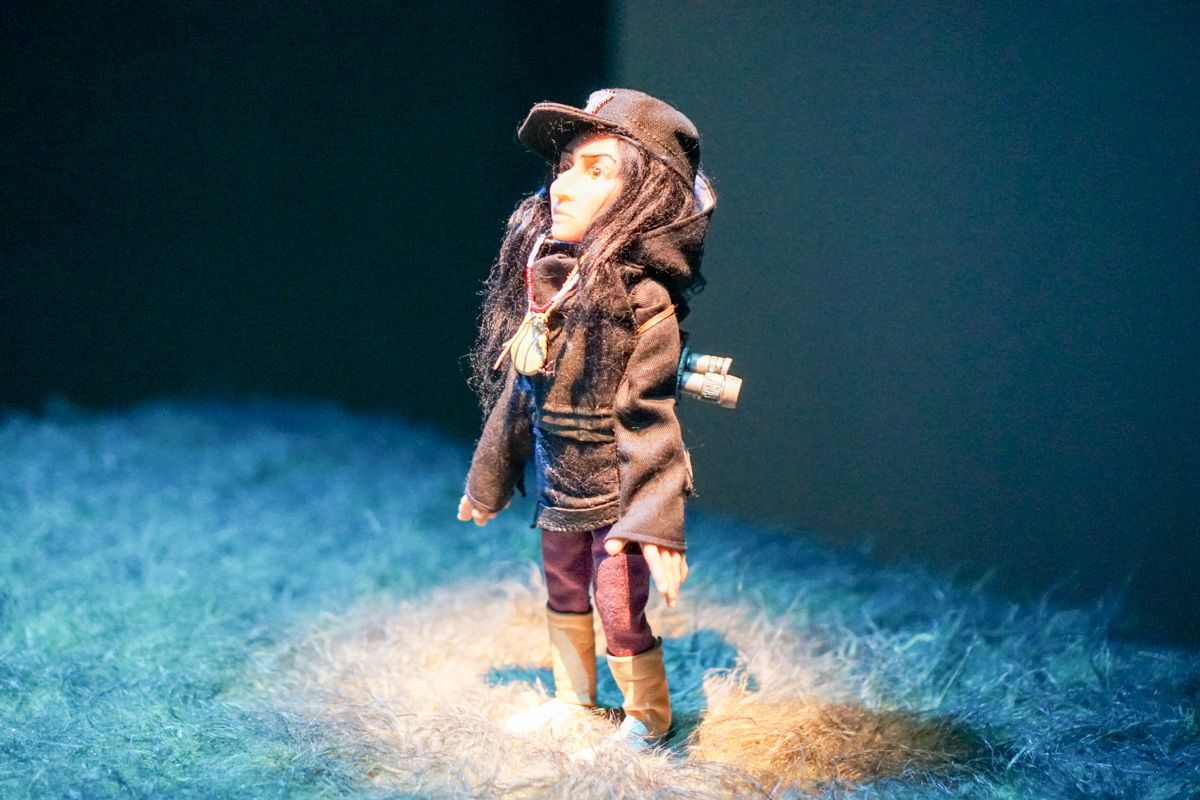
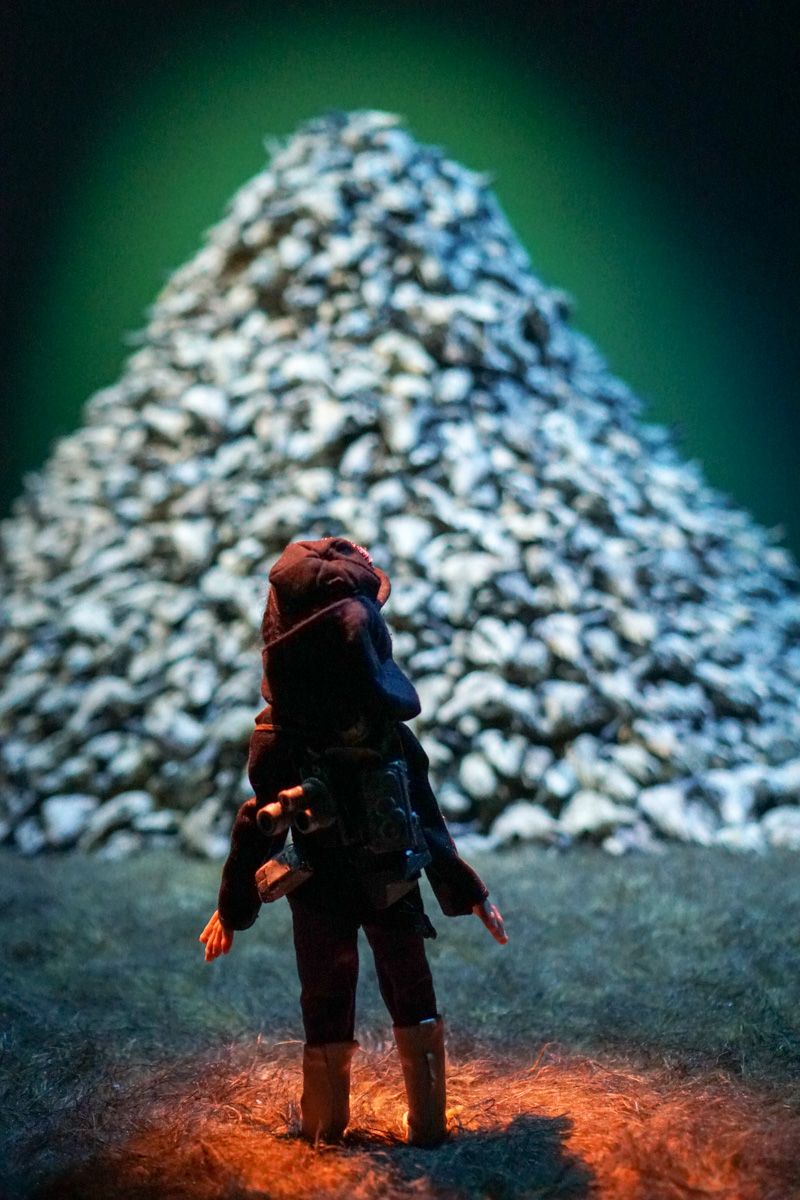
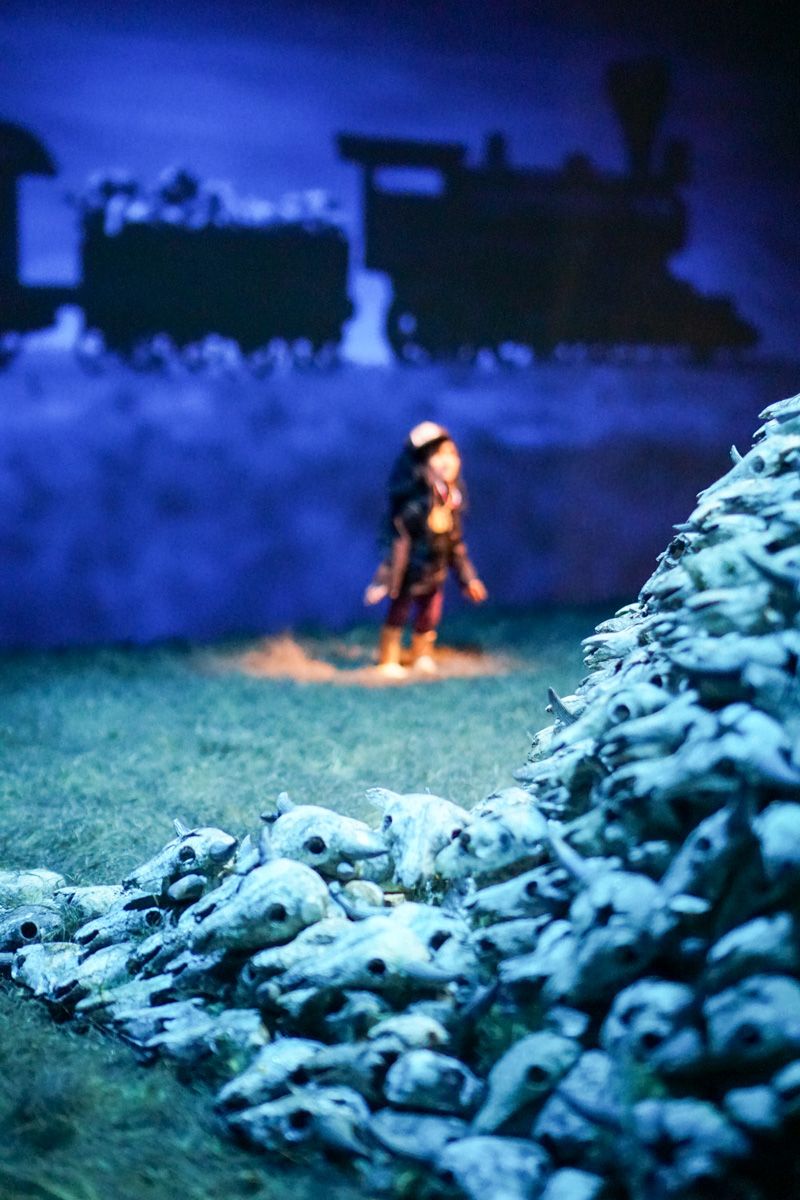

First 5 images: The amazing work of Canadian Indigenous artist Amanda Strong; From a Japanese TV show
Stop motion animations dates back to the late 19th century. Puppets' bodies are manipulated in increments and filmed. This technique is extremely time-intensive. Classic 20th century TV examples include Gumby & Pokey and Wallace & Grommet.
Rod puppets:

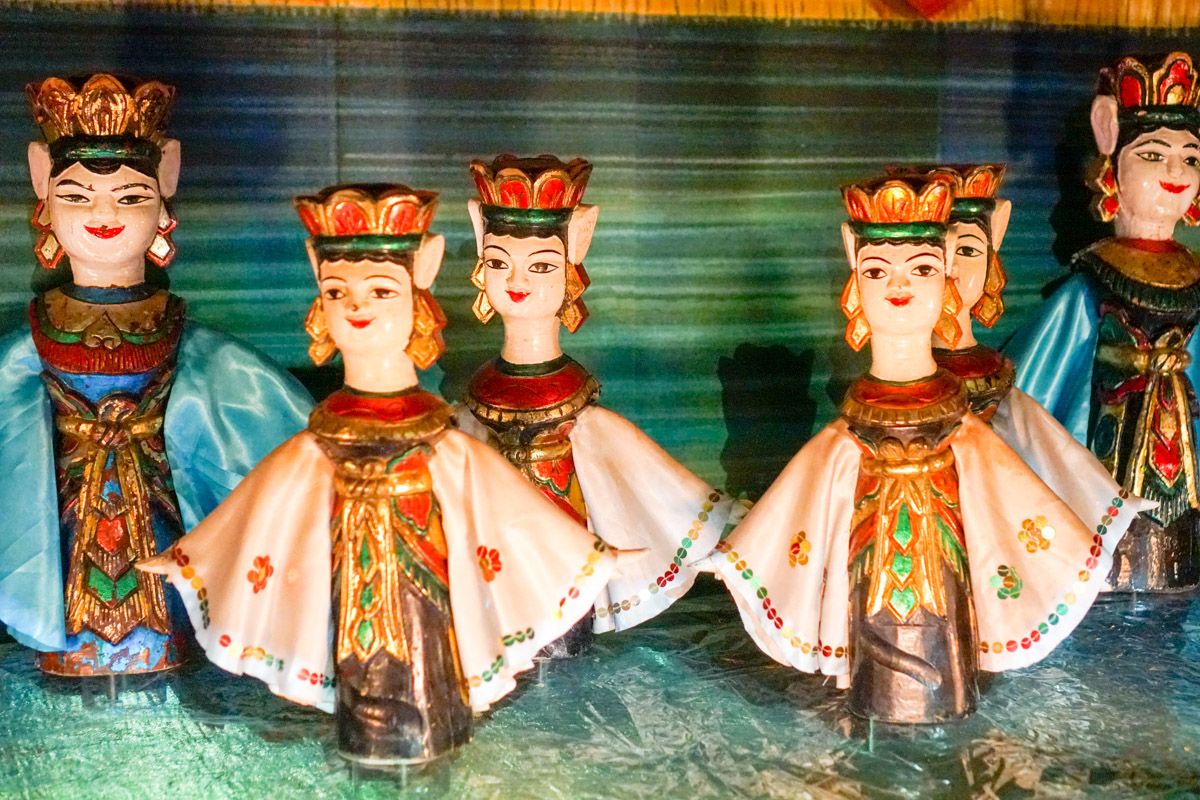
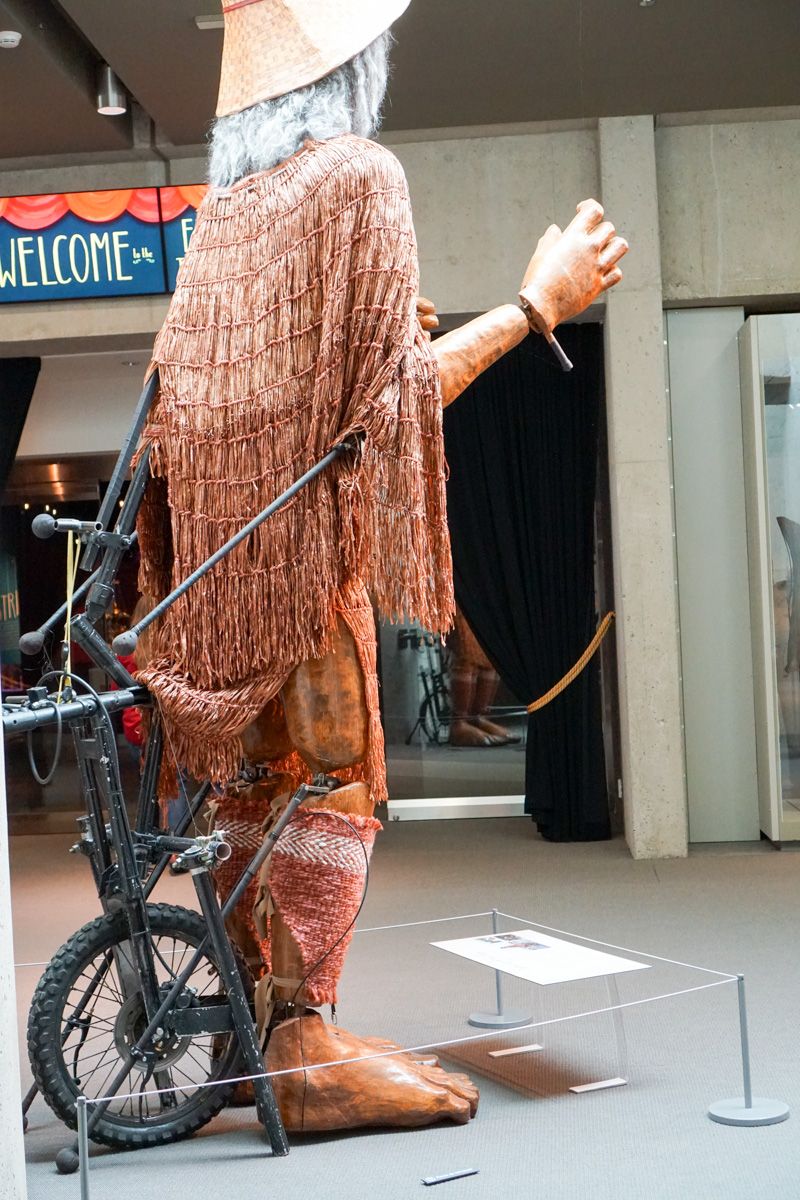
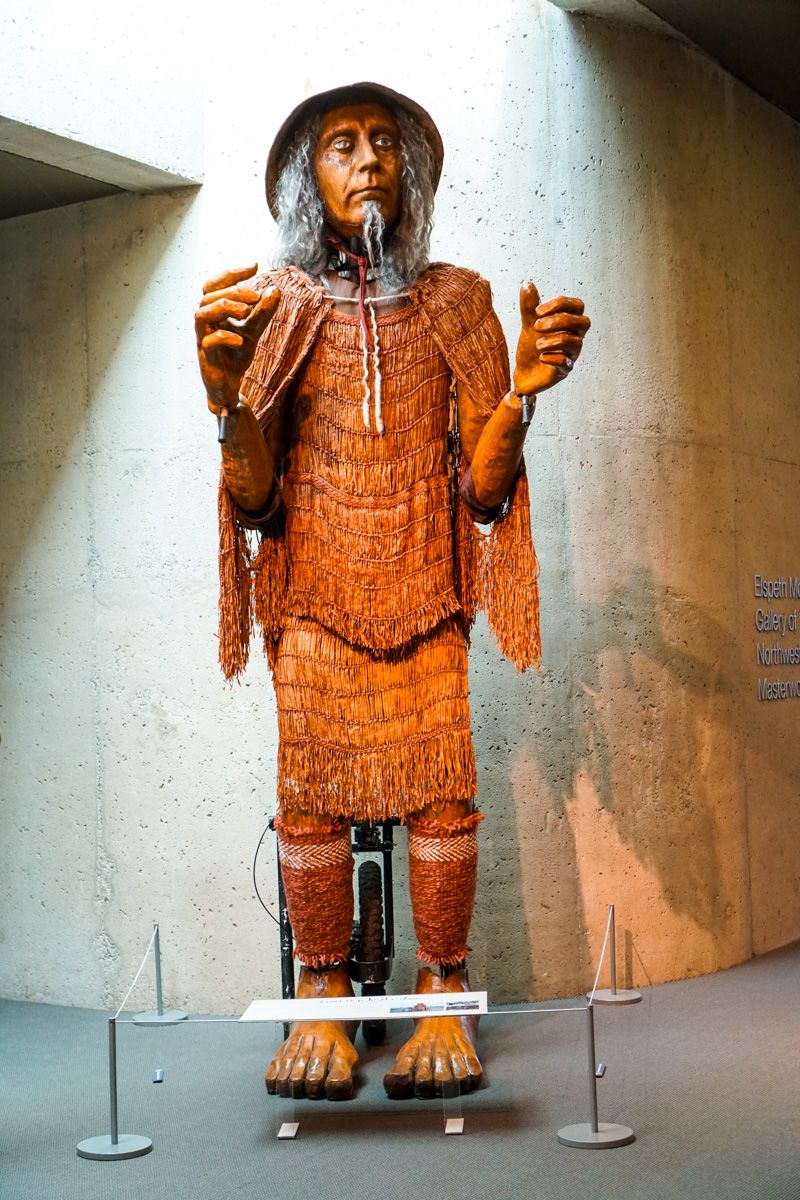
Top left and right: Múa rối nước Vietnam - Water Puppets; Bottom left and right: MEH, Canada
Rod puppets are operated from below. Some of the examples of these were the Vietnamese water puppets. These are not typical rod puppets as their central rod does not extend vertically out the puppets' body but rather is attached to the mechanism at the base of the puppet, which extends under the water to the puppeteer who is behind a screen.
In the case of MEH, above, you can see the various levers to propel him. He is 12 feet high and requires five puppeteers to manipulate his arms, head lower legs and feet and one to keep him balanced and moving forward.
Shadow puppets:

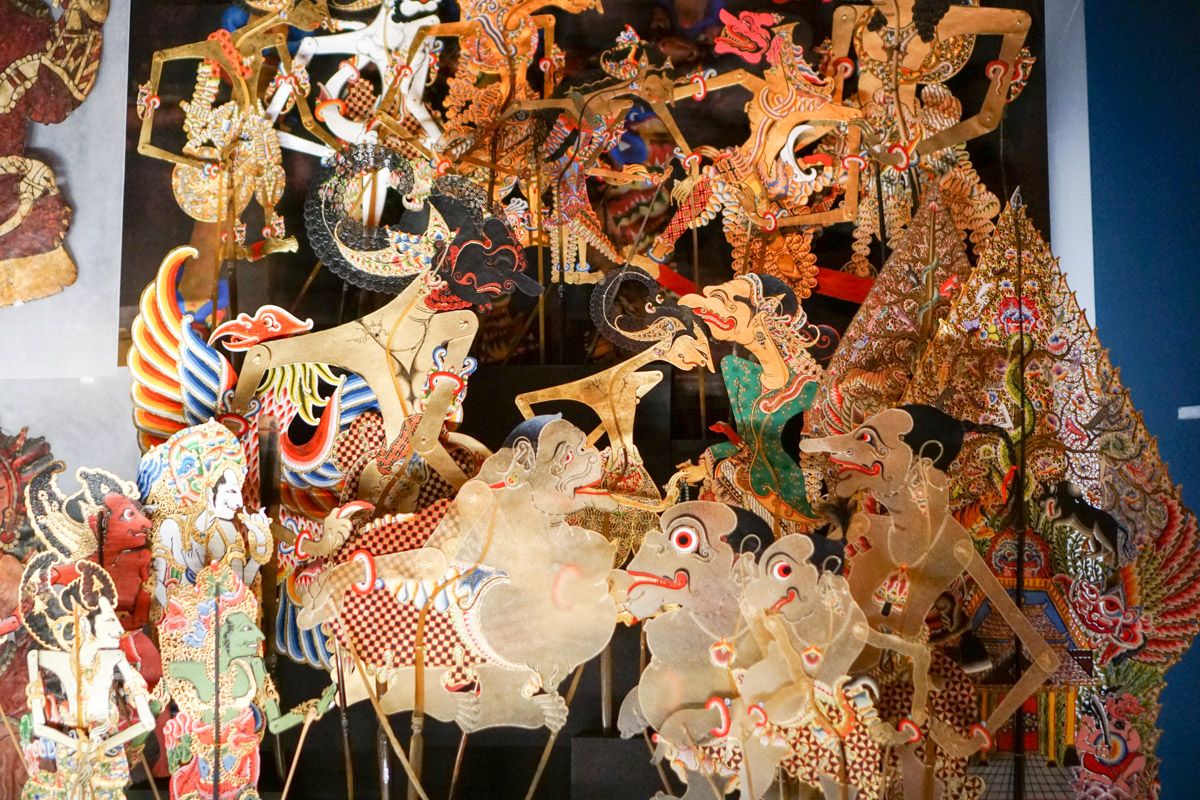


Top left: China; Top righ; Wayang Kulit, Java, Indonesia; Bottom left: Karagöz & Hacivat, Turkey; Java, Indonesia
Shadow puppetry has existed in China and India for over 2,000 years. Puppeteers are concealed behind a stretched white cloth with a bright light source overhead so that the audience sees only the puppets' shadows, rather than the puppets themselves.
Hands puppets:

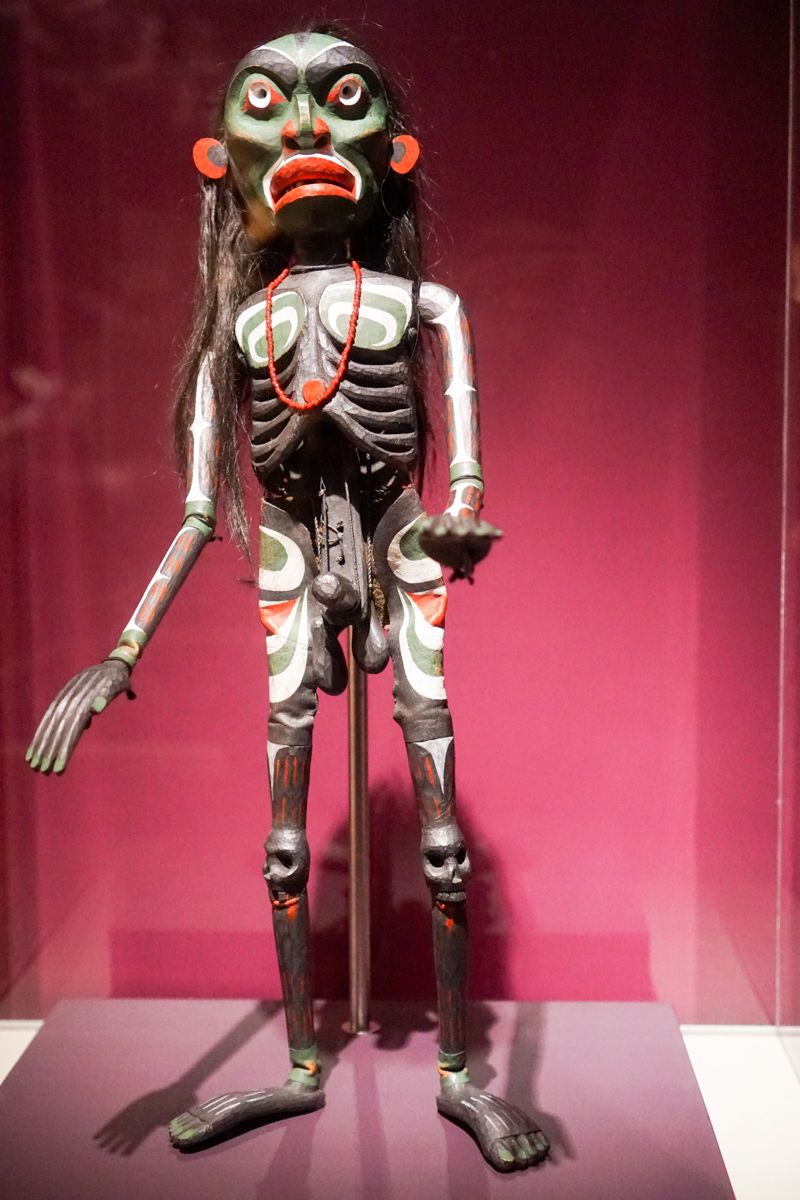
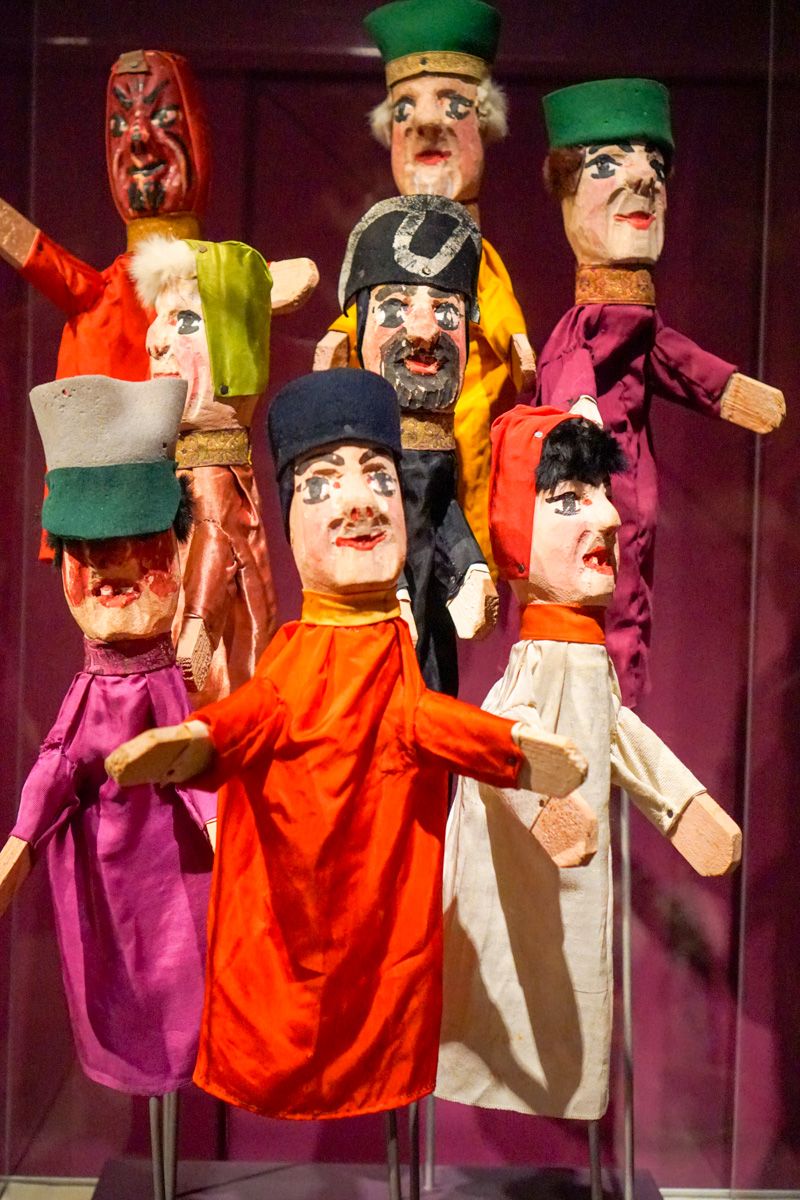
Left: Punch and Judy, UK; Middle: Dlugwe' Beau Dick, Canada;
The most familiar hand puppets for those of us with roots in the UK are likely Punch and Judy, the British puppet show full of humour, political satire and violence. These puppets are manipulated entirely by the puppeteer's hands. The first show's in England date back to 1662 but originated in Italy as Punchinello in the 16th century.
Shadows, Strings & Other Things was a fabulous exhibit that we thoroughly enjoyed. Unfortunately the show is closing soon but it seems to be one they resurrect periodically. It is an excellent example of the superb exhibit quality that MOA is so famous for.
Is MOA for everyone? Hmmm - it would depend on the current exhibit, but maybe not for younger children since there is little that is interactive. MOA does have events for young families, so it is worth checking the upcoming events pages if you have young children.
For anyone who has an interest in Northwest Pacific Coast First Nations, and (Indigenous) Culture - shouldn't we all? -it is a fabulous resource.
Is it worth the price of admission? Absolutely - the Bill Reid collection alone is worth the price. I can't wait to go back.

